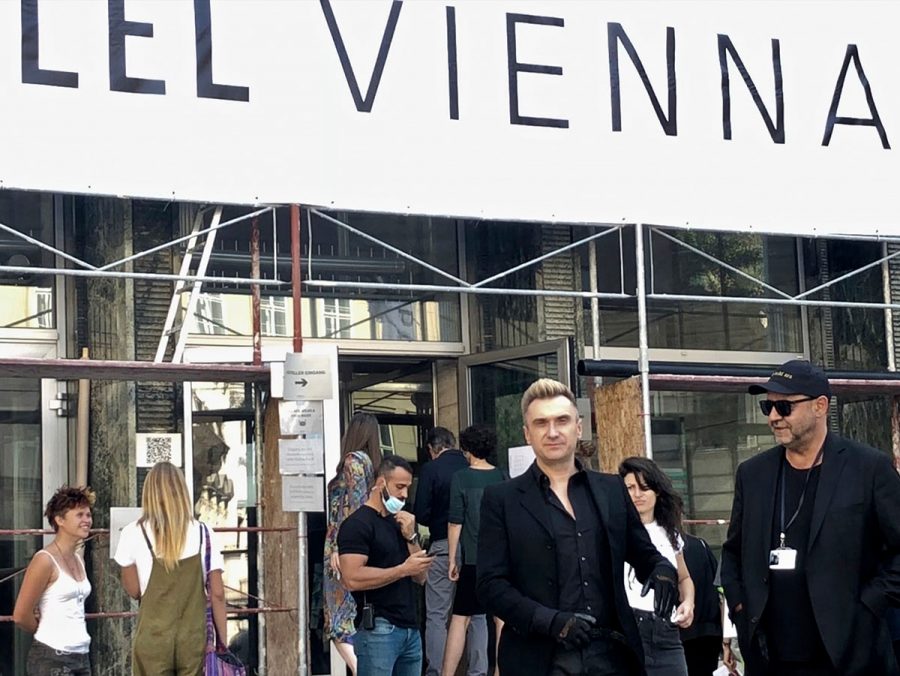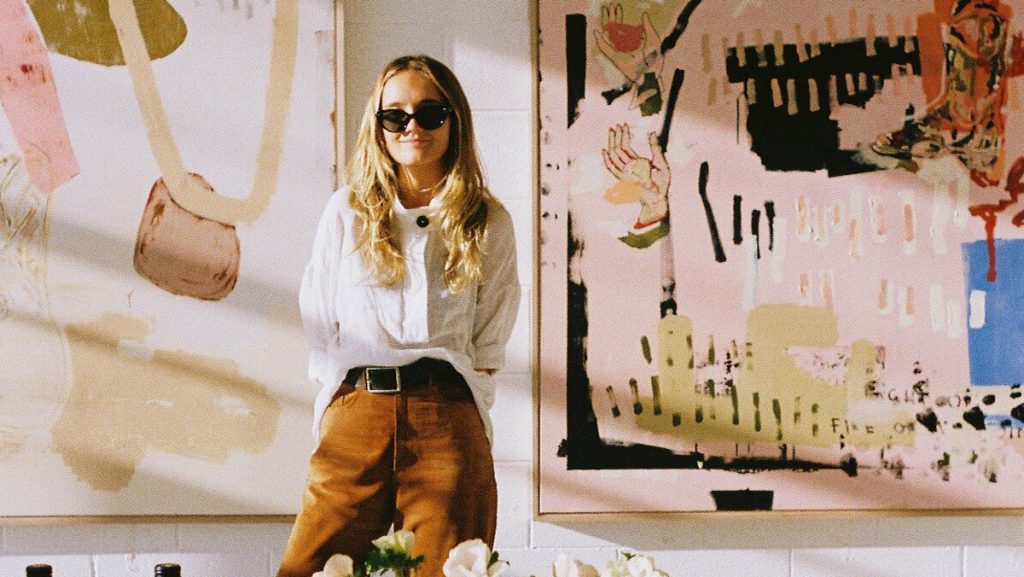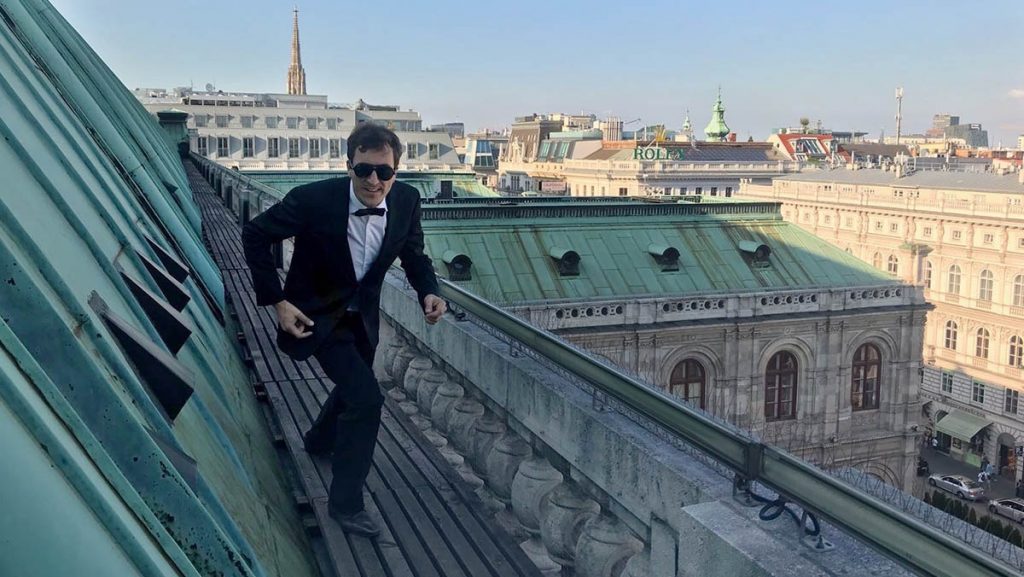His projects face global issues intersecting politics, ethics, science, history, ecology. He works on the borders and balances of our relationships – between humankind and nature, between personal and public opinion, physical and mental borders. Cagol also tends to cross barriers of what surrounds us, meaning the environment, the public, the institutions, through the engagement of the general public, the institutional critic, the use of propaganda, of public space, the inclusion of transnational travelling processes in his method. So his projects develop in a multiform and multisite way, spanning from installation, photo and video to large scale video projections, interventions, and performances. He studied at Brera Academy in Milan and Ryerson University in Toronto with a post-doctoral fellowship of the Government of Canada. He is based in a village in the Italian Alps and working extensively in Germany, where he won the Visit prize on energy and its social relevance, and in the north of Norway, where he participated in the Barents Art Triennale.


We got to know each other at Parallel Vienna. What is your connection to Vienna?
Up until last month, I had only visited Vienna a couple of times, briefly, and yet I had two close connections to Vienna, near and far. I was born in Trento, an area of Italy that is also part of Tyrol. It is interesting to remember that my grandfather, a peaceful person, was forced to take part in the First World War as a soldier of the Austro-Hungarian Empire. We are in a globalised world, the method of work has developed nomadically and adaptably, my studio and my home are in every place I live, but surely some Austrian feeling belongs to me. Vienna in this case was a plan B, which turned out to be a fantastic plan B. I had to rethink the plan of the multi-site project that I had been carrying out since almost a year with the support of the Italian Council: already in Berlin, Venice and Rome, it should have ended in Israel, which I had to give up because of Covid. So I decided to move my project to Vienna… it talks about the flood and its myth in the era of the climate crisis, the city on the Danube has interesting conceptual connections. Then in Vienna, I also had the opportunity to exhibit in the magnificent halls of the Sternberg Palace of the Italienisches Kulturinstitut Wien, and to realise an intervention in Parallel Vienna at the same time.
I was born in Trento, an area of Italy that is also part of Tyrol. It is interesting to remember that my grandfather, a peaceful person, was forced to take part in the First World War as a soldier of the Austro-Hungarian Empire. We are living in a globalised world, the method of work has developed nomadically and adaptably, my studio and my home are in every place I live, but surely some Austrian feeling belongs to me.
How long have you known Stefan Bidner?
The other connection with Vienna is Stefan Bidner. We knew each other long before he moved to Vienna. It all starts with a virus! In the winter of 2006, there was panic over bird flu, the fear of the transmission to humans, the race for antivirals, uncertainty about their effectiveness and the media bombarded with unclear news, so my project spanned through propaganda actions and their questioning. At that time I contacted Bidner and told him I wanted to pass by his institution with my project on the move from Trento to Berlin. He was the director of Kunstraum Innsbruck, the programme he was doing was incredible, a landmark in the recent Central Europe art history, all the big ones were coming to this mountain town to do site specific projects, super. He told me: „Yes“ and my van Vogelgrippe stopped in Innsbruck, leaving from Museion in Südtirol to finish the project in Augustrasse in front of the KW for the opening of the 4th Berlin Biennale. Then we collaborated on another multi-site project of mine, which started in that case at the Mart museum in Rovereto and then at the ZKM in Karlsruhe: entitled 11 settembre, the date of my birthday, which I called „Die mutter aller Daten“, dedicated to temporal stratification and symbology. Stefan is visionary, he knows how to catch the essence, without lapses of words, without compromise, and we understand each other. When I offered him a performance in Parallel Vienna on the opening day in front of the building. So at the exact moment of the passage from day to night I staged „Die Zeit der Flut“, a performance in three acts: I generated flames from the gas from hairspray spray cans, setting fire to a bunch of flowers, activating an analogue siren and finally triggering a powerful nautical SOS signal, a flare which lit up all the buildings around. These are visual and sound actions that are in some ways romantic in their representation of the threat, but with a component of real danger. Perception of the danger and impact of our choices on what surrounds us.






